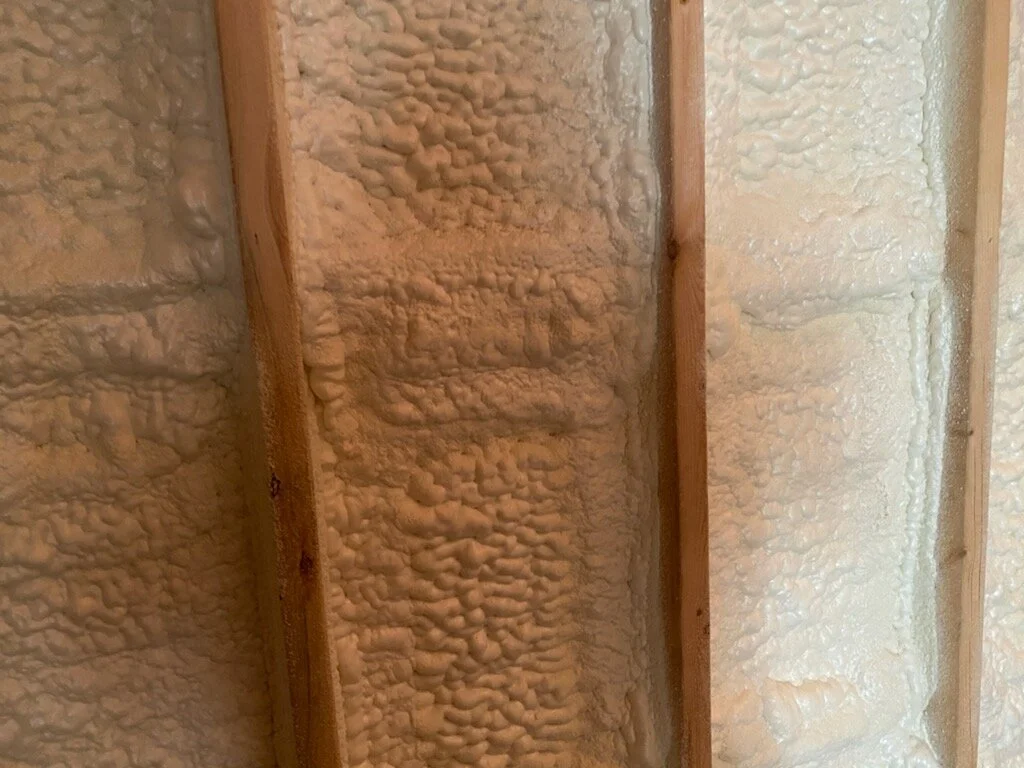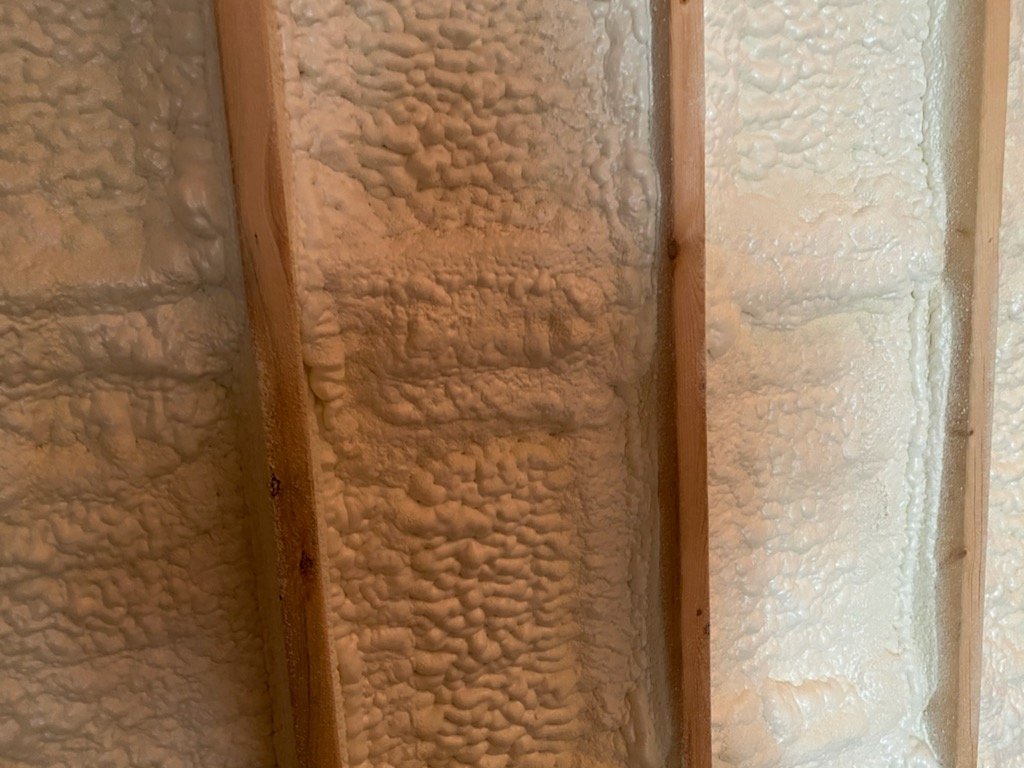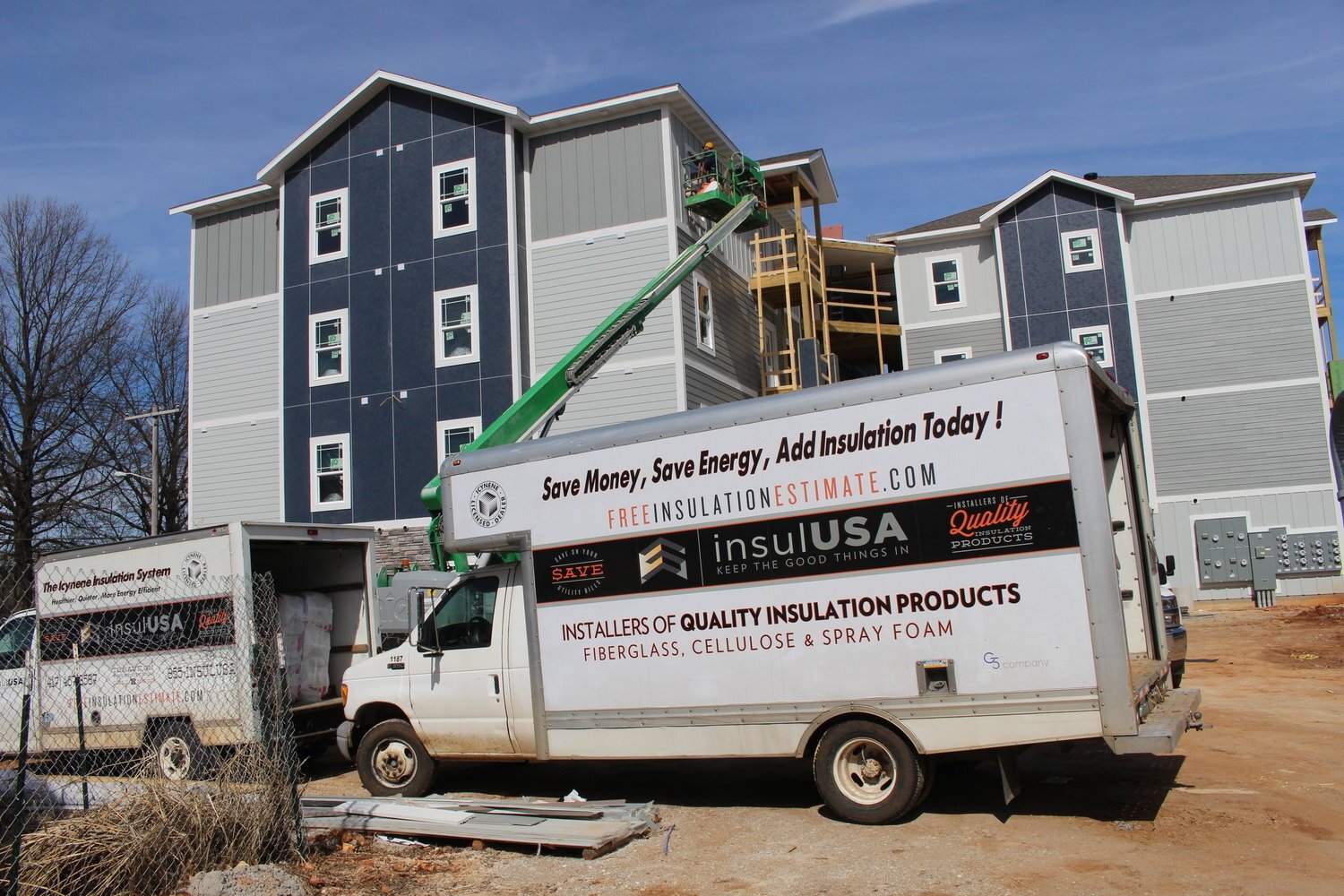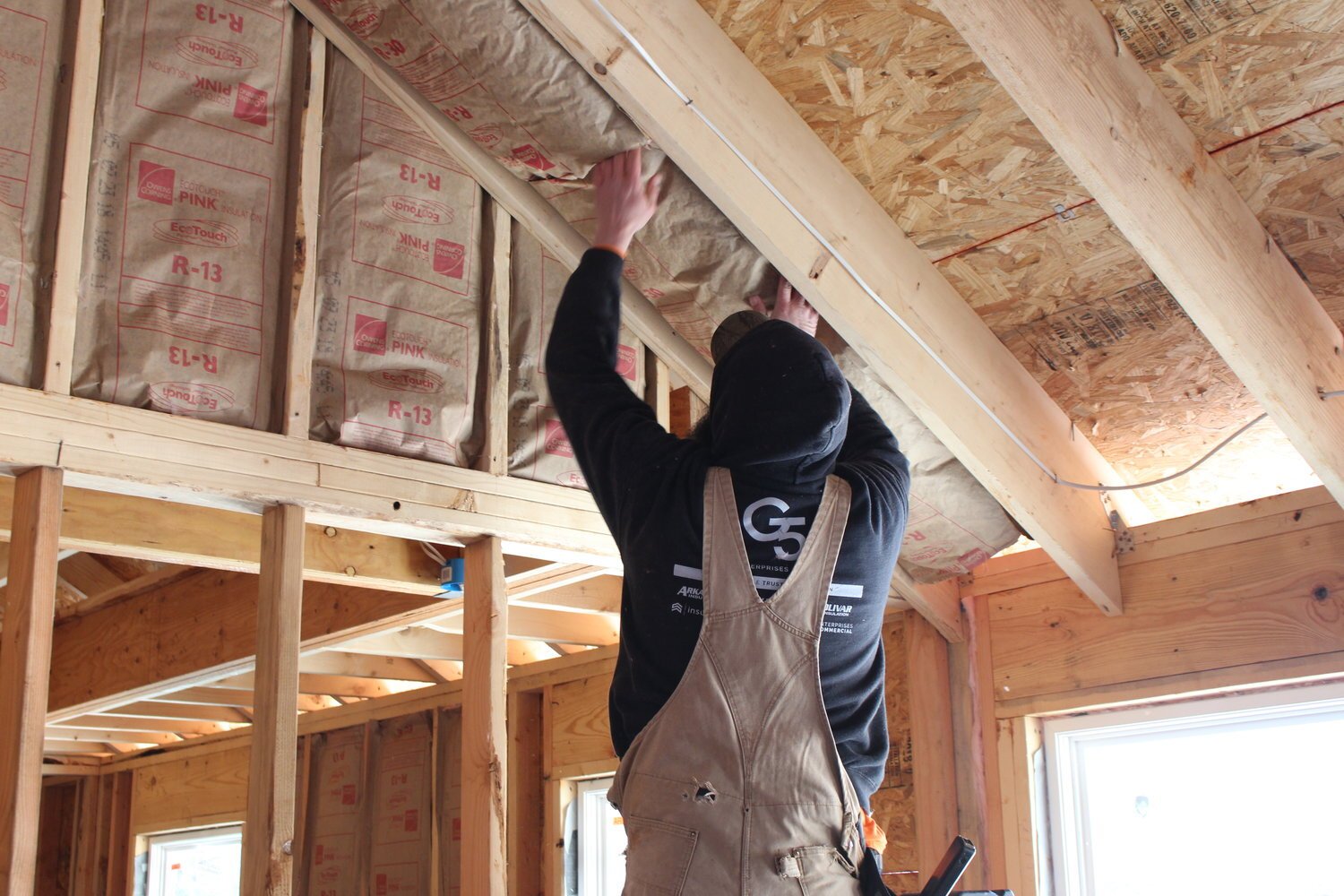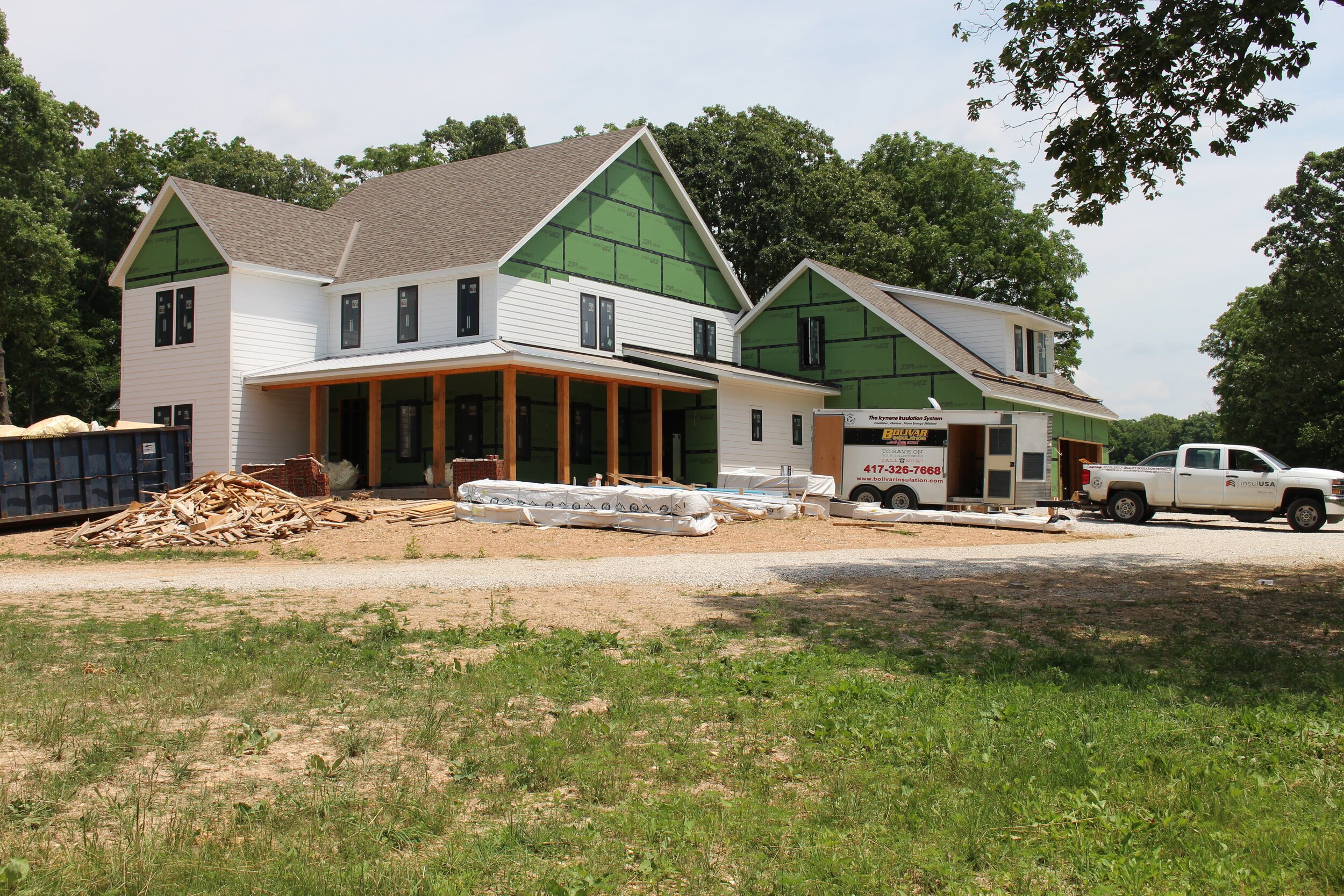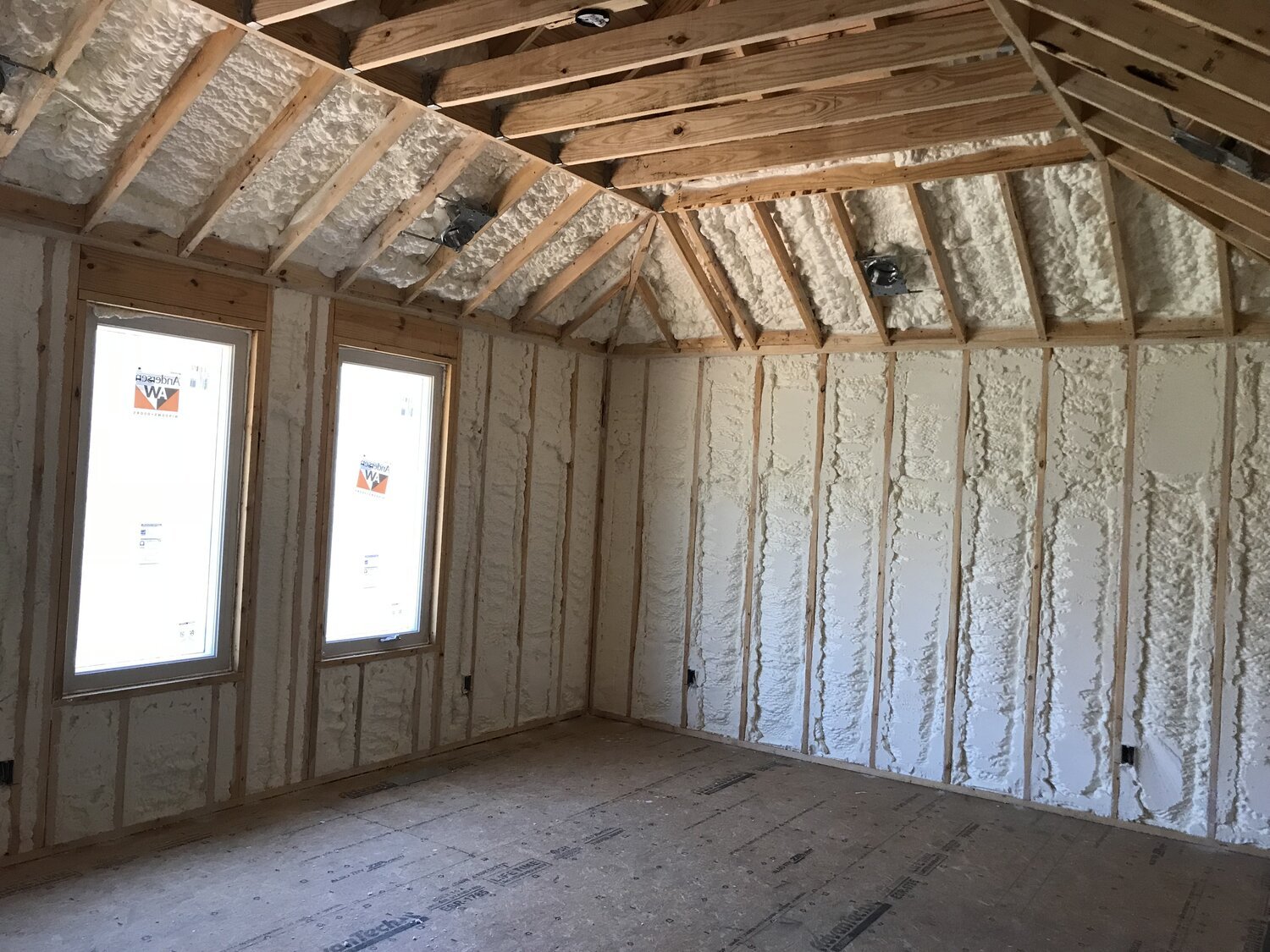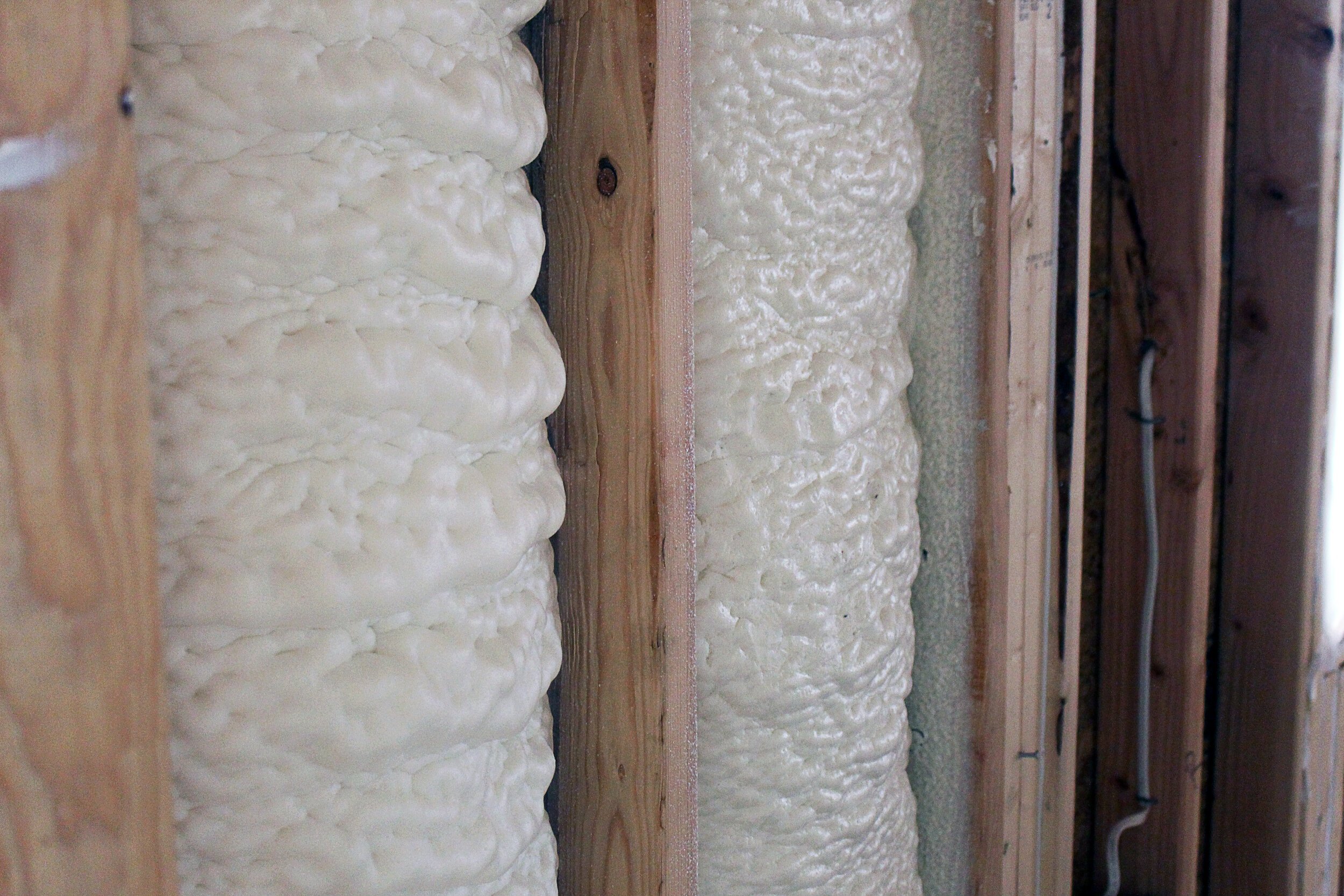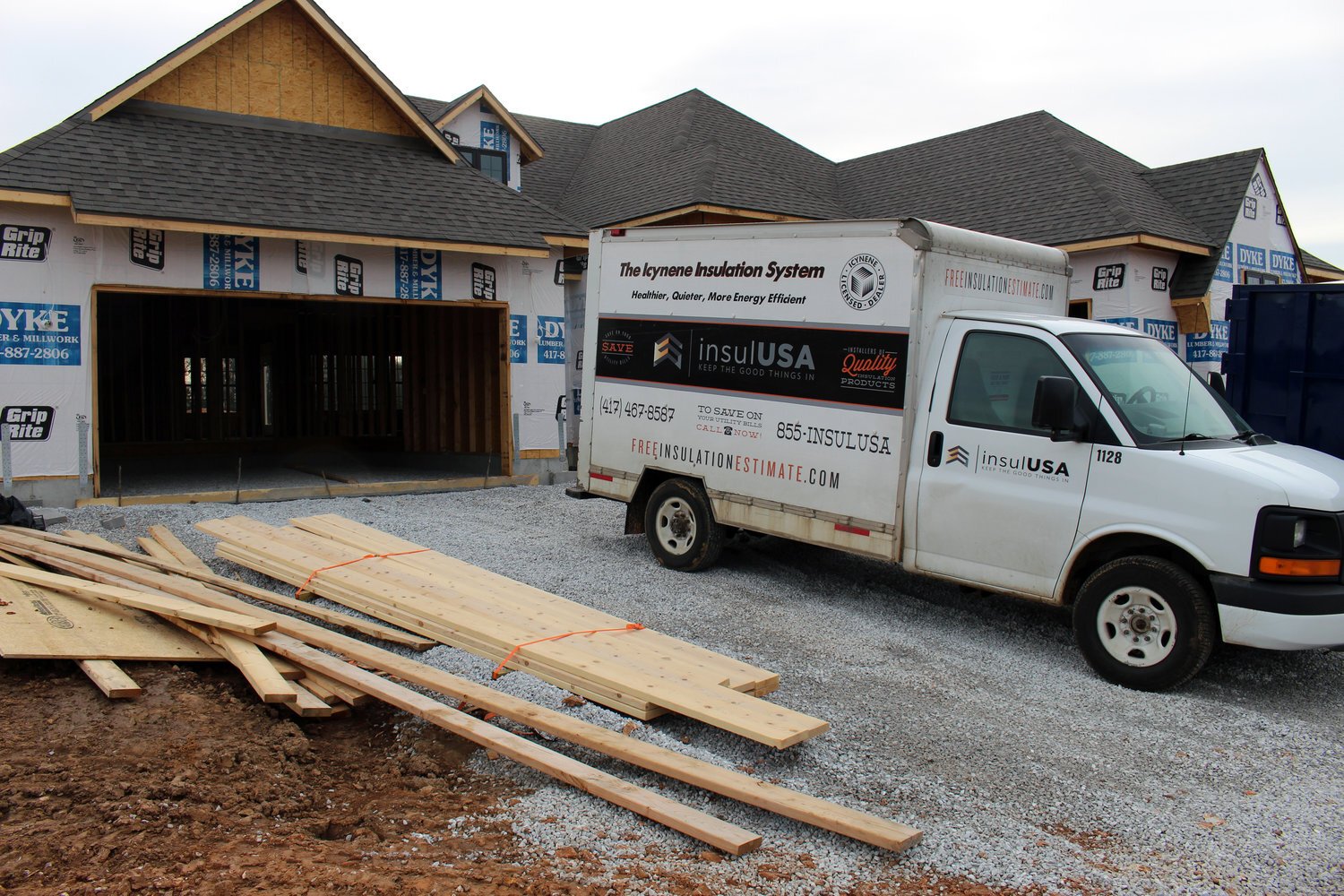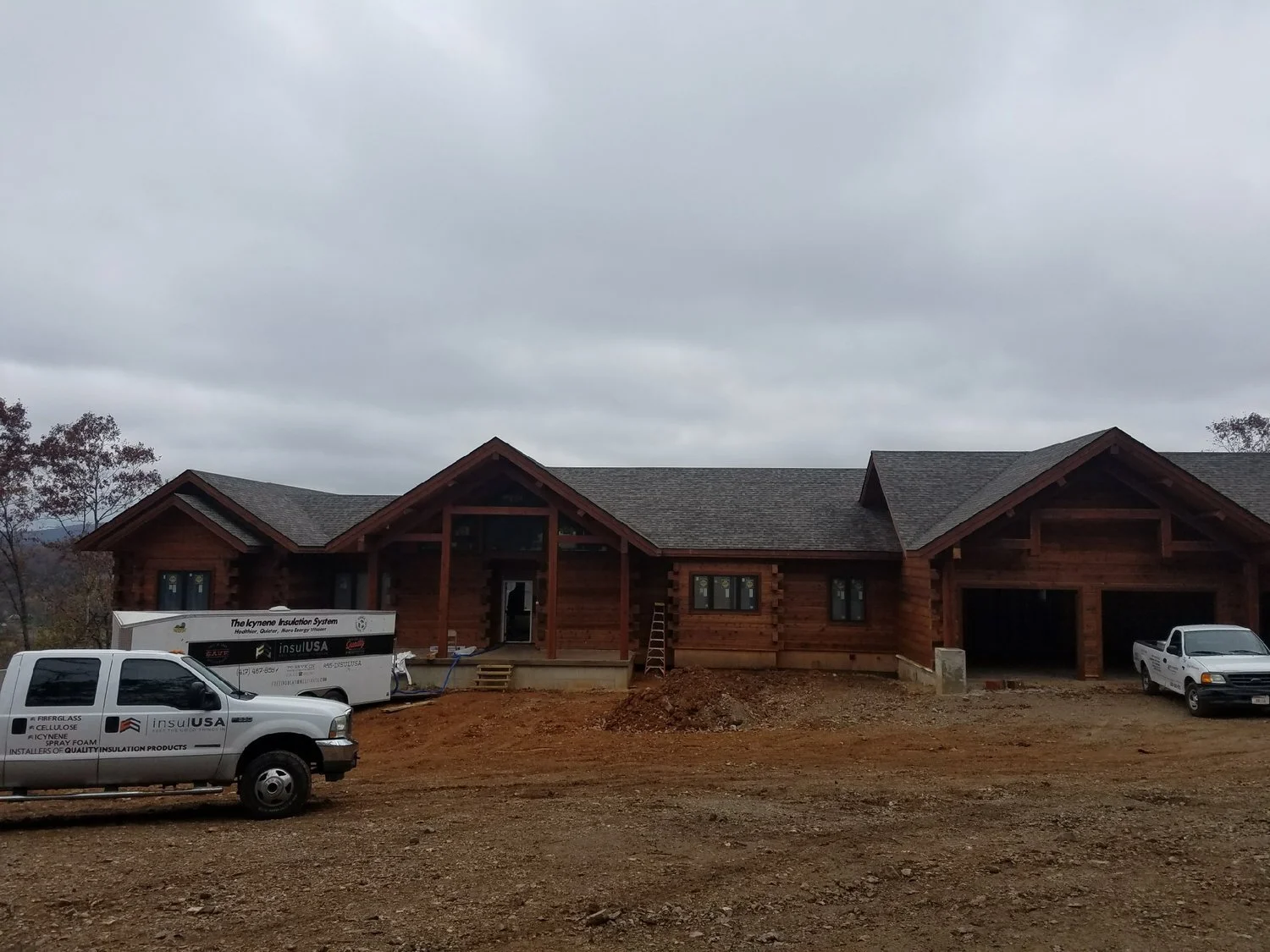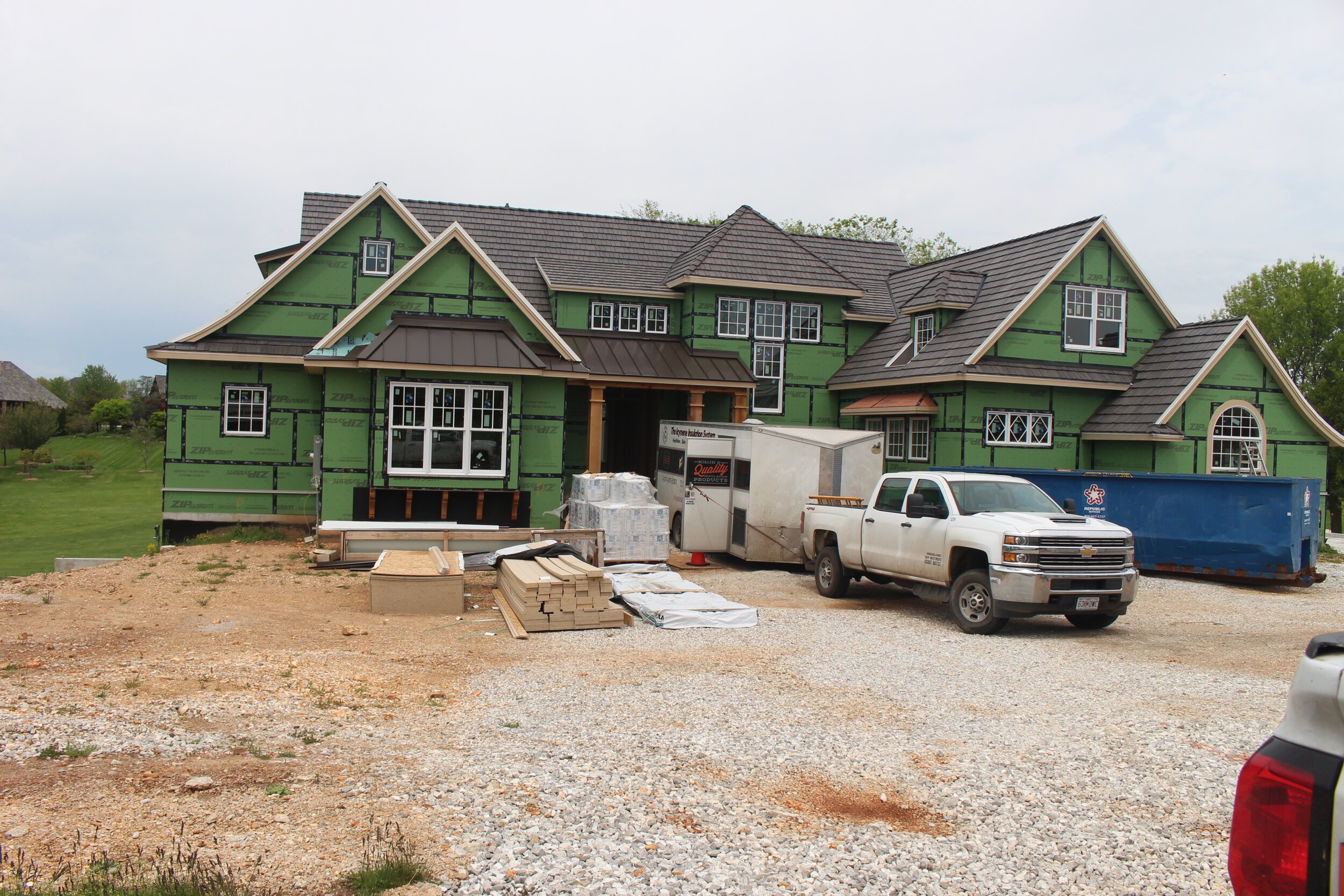
INSULATION Products
ABOUT
INSULATION
Insulation plays a vital role in a structures overall energy efficiency. Taking the right steps to ensure your home is properly insulated and protected from air leakage goes a long way in reducing the overall energy impact, minimizing energy costs.
The performance of insulation is traditionally measured in R-values. Higher R-values mean greater thermal resistance, or insulating power. Properly installed insulation helps reduce the thermal transfer of heat through walls, which lessens the impact outside air can make on the conditioned space of your home. By maintaining a more uniform temperature throughout your home, you will minimize the stress placed on your HVAC system to hold temperatures in harsh weather leading to lower utility bills.
OUR INSULATION PRODUCTS
We use the most innovative and top-of-the-line insulation products. Be it Knauf Eco Batts, Owens Corning Fiberglass Products, Certainteed Insul-Safe, or Huntsman Spray Foam, our installers are certified professionals with years of experience in the business. insulUSA installers are leaders in quality, and our sales staff has a deep understanding for the insulation products we carry, construction processes, building science, and problem solving with the ability to assist in determining the right product for your project.
Two Locations to serve your insulation needs
Map showing InsulUSA's two locations in orange, and other G5 Enterprises business locations across Missouri and Arkansas.
As part of The G5 Family of Companies, insulUSA is dedicated to delivering exceptional services and premium products. Partner with us to ensure the success of your project, no matter the location. From Springfield to Kansas City, we collaborate wholeheartedly to meet your needs.
Communities we Serve:
Recent Blog Posts
At InsulUSA, we believe that knowledge is power when it comes to making informed decisions about insulation for your home or business. That's why our recent blog posts have been focused on unraveling the mysteries surrounding insulation and providing readers with valuable information they can use.
Recent insulation Projects
Ready to get an Insulation EstimAte?
It’s free to see what we can do for you - click the button below.
INSULATION Product FAQs
What is the best insulation?
There are many variables that come into play when selecting the best insulation (budget, efficiency needs, and structural information). While each insulation has it’s own place and strengths, we typically say spray foam insulation is best (if cost prohibits), with fiberglass, and cellulose following closely behind.
How much insulation do I need?
We refer to local municipal code requirements to ensure we are prescribing at least the code requirement – it never hurts to exceed the code requirement.
Can I insulate my existing walls?
While we used to offer a service known as “drill & fill” or the process of drilling hols in the drywall and filling the cavity with insulation, we’re no longer offering this as a service. There are many opportunities with this process to overfill the cavity, causing the drywall to push out. Additionally, when drilling holes, there’s a possibility of drilling into electrical/plumbing. Be cautious if a contractor goes this route for you.
Do you sell insulation material only?
insulUSA no longer sells material to the public. We do offer free estimates on installed material - in other words, it’s free to see how we can help you.
Do you remove insulation?
From time to time, insulation removal is required due to the insulation being damaged, wet, or moldy. We do offer insulation removal as a service.
Do you insulate old homes?
We absolutely do! Typically we install additional attic insulation and can even install insulation in the crawlspace as well. In addition to old houses, we also insulate new construction homes as well.

